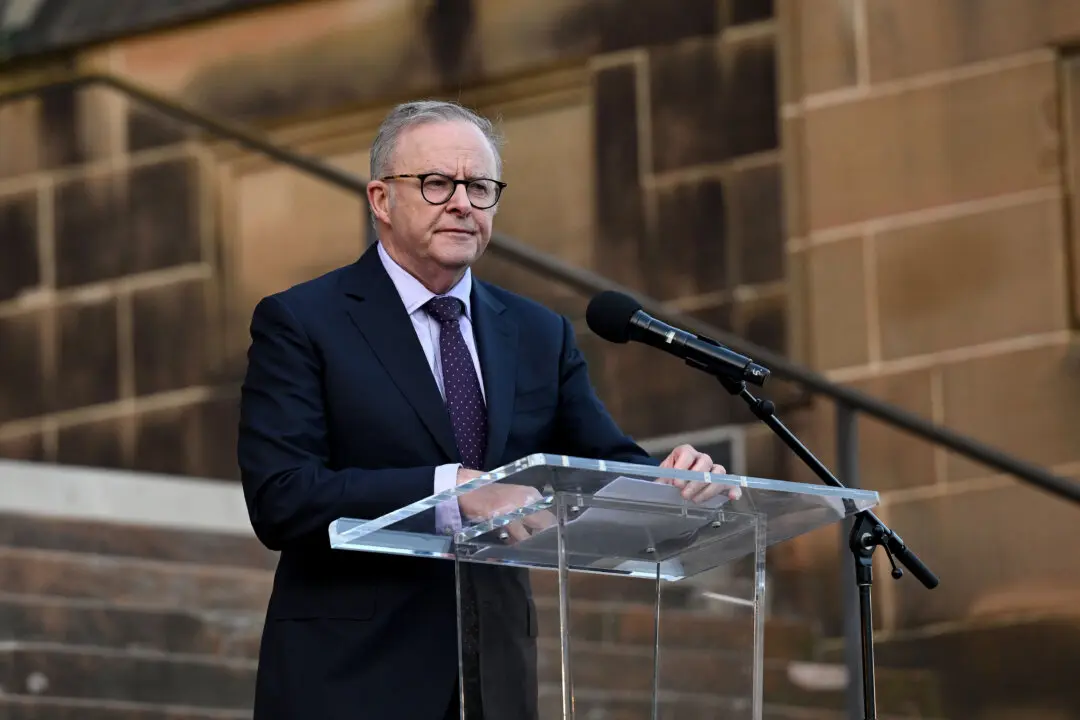Australian wine companies see more light as relations between Beijing and Canberra ease, with Treasury Wine Estates (TWE), the biggest foreign supplier of wine to China before the retaliatory tariffs, preparing for a return to the Chinese market.
With the growing likelihood of Beijing lifting tariffs on wine, following its removal of barley tariffs, TWE has postponed its decision on the annual high-end wine export quota to keep the option open for re-entering the Chinese market.




